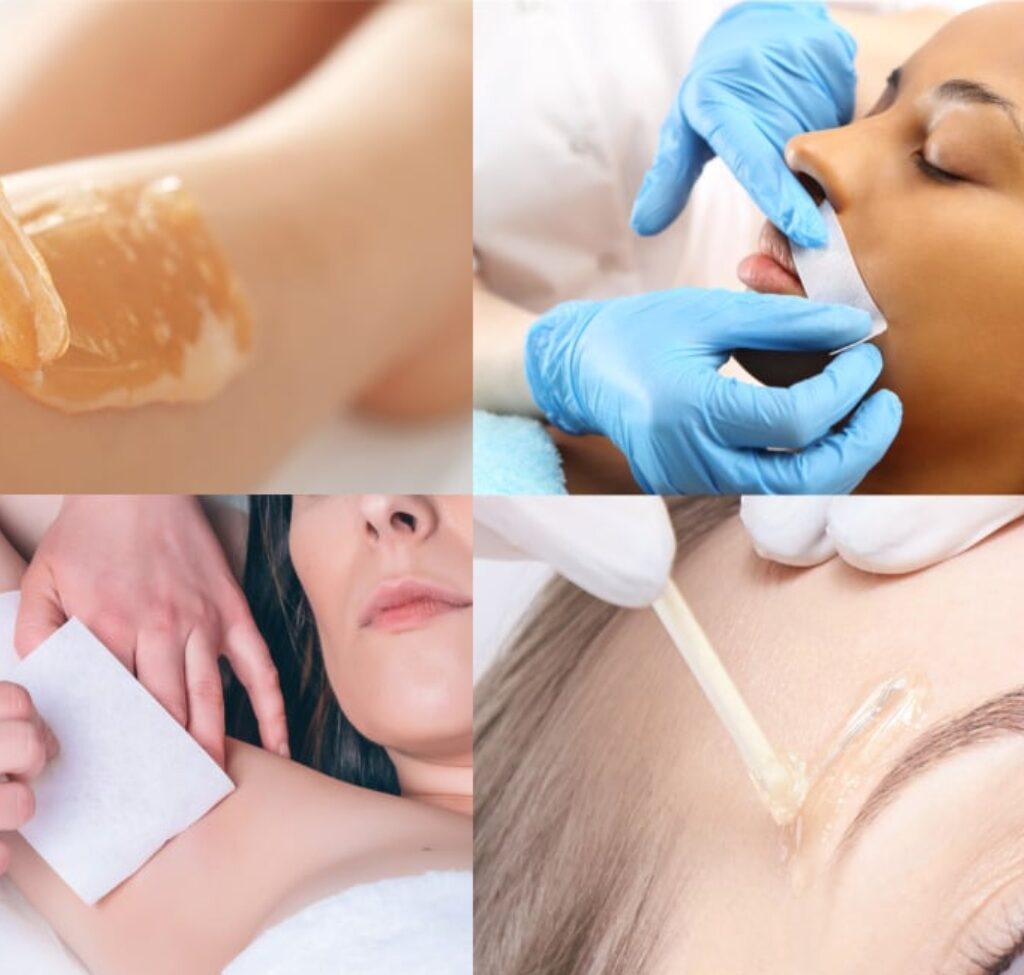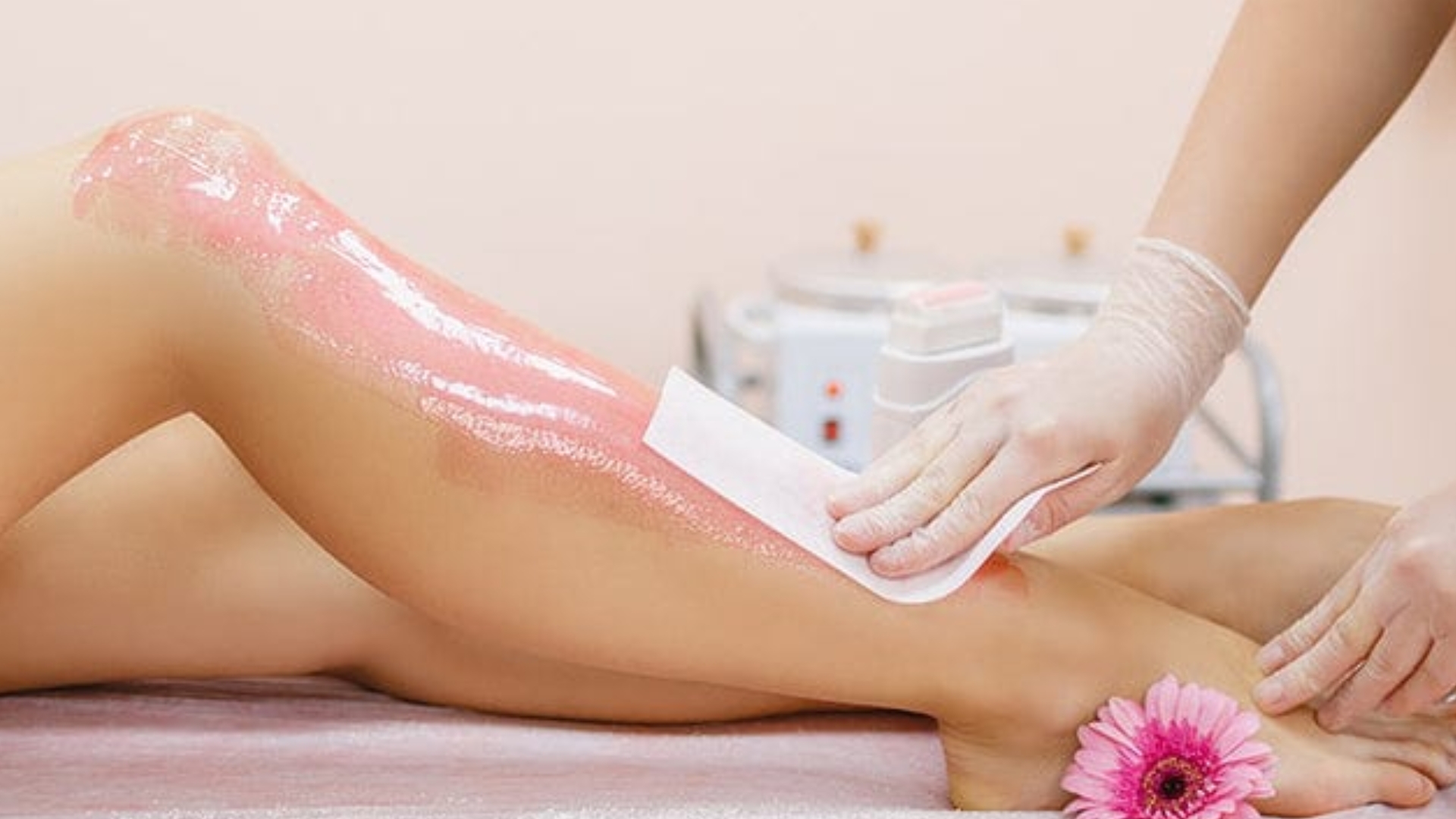Many people seek smooth, hair-free skin. Waxing hair is a popular hair removal method. It removes hair from the root. This guide explores the world of waxing. We will cover its benefits. We will detail the process and will offer useful tips. You will learn everything needed for a successful waxing experience.
Research consistently shows that waxing hair offers significant advantages over other hair removal methods, and studies have been conducted extensively by dermatologists and beauty professionals worldwide. Previous studies indicate that regular waxing gradually weakens hair follicles, which consequently leads to finer regrowth over time. Additionally, clinical research demonstrates that waxing effectively exfoliates dead skin cells while removing hair, and this dual benefit is frequently highlighted by skincare analysts. These findings are regularly published in dermatological journals.
Ready to ditch your daily shaving routine forever? Imagine waking up with silky-smooth skin that stays perfect for an entire month. Waxing transforms your beauty routine from a daily chore into a monthly treat. Your skin deserves better than quick fixes and temporary solutions. Join millions who have discovered the secret to effortlessly gorgeous skin that radiates confidence every single day.
Understanding the Science of Waxing
Waxing is more than just hair removal. It is a scientific process and involves hair growth cycles. It considers hair structure. The careful application of wax is key. Your hair grows in three phases. These are anagen, catagen, and telogen. Waxing is most effective during this phase. The hair is deep in the follicle. This allows for complete removal. Regular waxing syncs hair growth cycles. This leads to longer-lasting smoothness.
Hair is made of keratin. This is a tough protein. Hair color and thickness vary. Genetics influences these traits. Melanin gives hair its color. Darker, coarser hair has more melanin. This hair type responds well to waxing. The wax adheres to the hair. This process requires a specific wax temperature. It also relies on the wax’s composition.

Key Benefits of Choosing to Wax
Waxing offers numerous advantages over other methods. Shaving only cuts hair at the surface. Waxing provides a longer-lasting solution.
Long-Lasting Smoothness
Waxing removes hair directly from the root. You can enjoy smooth skin for three to four weeks. Shaving results last only a day or two. The short stubble returns quickly. Waxing avoids this daily routine.
Thinner, Finer Hair Regrowth
Consistent waxing changes hair texture. Hair that regrows is often finer. It becomes softer over time. The hair follicle weakens with each wax. This can lead to reduced hair growth. You will not experience the coarse, rough stubble associated with shaving.
Waxing Exfoliates Your Skin
The waxing process provides an extra benefit. It exfoliates the skin. The wax removes dead skin cells. It strips away the outer layer of skin. This leaves your skin looking bright. It feels incredibly smooth. This dual action improves skin texture. It enhances your skin’s overall appearance.
No More Nicks or Cuts
Shaving involves a sharp razor. Waxing eliminates these concerns. A trained professional applies warm wax. They remove it with skill. This process is safe for your skin. It avoids the small injuries razors can cause.
Reduced Ingrown Hairs
Ingrown hairs are a frustrating problem. Shaving often worsens this issue. The hair is removed from the follicle. This lessens the chance of it getting trapped. Proper technique is important. Good aftercare is also crucial.
The Waxing Process Explained
Knowing what to expect can ease any anxiety. A typical waxing session follows several steps. The process is quick and efficient.
Preparing the Skin
Your aesthetician will first prepare your skin. They will cleanse the area. This removes any oils or lotions. Then, they may apply a pre-wax powder or oil. This creates a barrier. It protects your skin. It helps the wax grip only the hair.
Applying the Wax
Next comes the wax application. The professional will use a sanitized applicator. They will spread a thin layer of warm wax. The application follows the direction of hair growth. There are two main types of wax. Hard wax is often used for sensitive areas. It shrinks the hair as it cools. Soft wax is used for larger areas. It requires a cloth strip for removal.
Removing the Hair
This is the quickest part of the process. For soft wax, a cloth strip is pressed onto the wax. The strip is then pulled away quickly. This action also goes against hair growth. This can soothe the skin immediately after the pull.
Post-Wax Care
After removing all the hair, the final step is aftercare. They will apply a soothing lotion or oil. This helps calm the skin. It reduces redness. It also moisturizes the treated area.
Essential Tips for a Better Waxing Experience
You can improve your waxing results. Preparation and aftercare are vital.
Let Your Hair Grow
Your hair needs to be a certain length. Wax needs something to grip. The ideal length is about one-quarter of an inch. Avoid shaving between appointments. Let the hair grow out for about two to three weeks before your wax.
Exfoliate Before Your Appointment
Gentle exfoliation is beneficial. This removes dead skin cells. It helps prevent ingrown hairs. This can make your skin too sensitive.
Keep Your Skin Clean and Dry
Arrive at your appointment with clean skin. Avoid applying lotions, oils, or deodorants. These products can interfere with the wax. They prevent it from adhering properly to the hair. Clean skin ensures a more effective treatment.
Communicate with Your Aesthetician
Talk to your waxing specialist. Let them know if you have any skin sensitivities. Certain products, like retinoids, can make skin fragile. Open communication ensures a safe, personalized experience.
Follow Aftercare Instructions
Proper aftercare is crucial for healthy skin. Avoid hot baths or showers for 24 hours. Stay away from saunas and steam rooms. Do not wear tight clothing over the waxed area. This can irritate. Avoid sun exposure and strenuous exercise. These activities can increase skin sensitivity.
Shaving vs. Waxing: A Clear Comparison
Many people debate between shaving and waxing. Both methods remove hair. Their processes and results differ greatly. Shaving is quick. It is easy to do at home. The cost of razors is relatively low. The process is usually painless. The results are very short-lived. Hair appears again in one to three days. Shaving can cause razor burn. It can lead to cuts and irritation.
Waxing provides results that last for weeks. It leaves skin smoother and can make hair grow back thinner. It exfoliates the skin. Waxing can be more painful. The cost is higher than shaving supplies. Your hair must be a specific length for waxing. For many, the long-term benefits outweigh the drawbacks.
Conclusion
Waxing hair is a commitment to your skin’s health. It is not just about removing hair also is a ritual of self-care. It moves beyond a simple cosmetic procedure. Each session conditions your hair follicles. It refines your skin’s texture. You are not just removing what is visible also are influencing future growth. You are investing in smoother, healthier skin for the long term. This approach transforms waxing from a chore into a strategic part of your skincare regimen. It’s a choice for lasting quality over temporary convenience.

